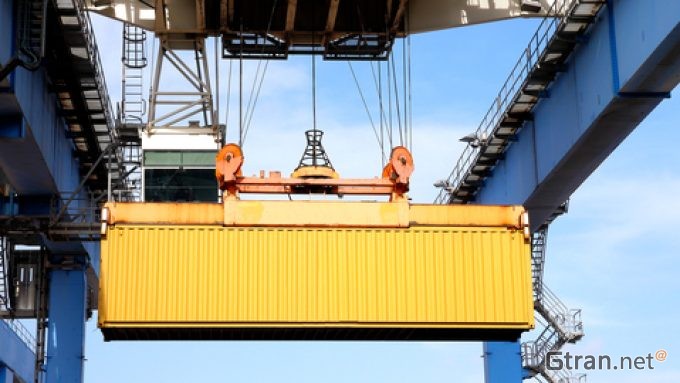With the collapse of container freight rates from Asia over the past six months, backhaul trades have also seen significant falls.
Competition for backhaul cargo has intensified, with ocean carriers desperate to earn revenue from the vast numbers of empty containers racking-up huge storage costs at depots around the world.

Xeneta's XSI North Europe to Asia component dropped another 9% this week, to take the rate down to $579 per 40ft, while on the transpacific, the Freightos Baltic Exchange FBX US west coast to Asia reading slumped by 12% on the week, to $732 per 40ft.
At the height of the consumer demand boom, spot rates from North European ports to Asia were about $1,800 per 40ft – that’s if you could get a shipping line to release a box.
Indeed, carriers were more interested in repositioning their equipment back to China, where they could easily earn $14,000 to $20,000 for spot cargo on the headhaul routes, and were, consequently, much less interested in losing several weeks in the cycle of the box as they awaited its return.
During this period, exporters to Asia faced huge delays in their supply chains because containers were stranded on export quays in Europe and the US, often shut out in favour of carriers repositioning empty equipment.
Meanwhile, headhaul rates from Asia to North Europe and the US continue to lose ground in the very weak demand period that has followed the Chinese New Year holiday.
Notwithstanding that the spot market indices have plateaued – with, for example, Drewry’s WCI Asia to North Europe component edging down just 1% this week, to $1,715 per 40ft – the real market is reflecting FAK rates from carriers at some $1,000 per 40ft, valid until the end of February.
However, the indices appear closer to the actual market for Asia to the US, with, for instance, the XSI US west coast reading falling 12% on the week, to $1,294 per 40ft.
And on the US east coast, the spread between the two tradelanes is narrowing weekly, the FBX reading this week down to $2,598 per 40ft as the premium for Atlantic coast ports decreases.
Elsewhere, on the transatlantic tradelane, the spot rate erosion is accelerating in reaction to the capacity injection by carriers, with the FBX reading crashing below the $5,000 mark this week, to $4,750 per 40ft.
With spot rates on the main tradelanes back to pre-pandemic levels, or below, the profitability of ocean carriers is being underpinned by their substantially higher contract rates. However, that will change as the old rates expire.
According to Maersk, its 2023 contract rates are “trending towards spot rates”, with the carrier advising this week it has renewed “around half” its Asia-Europe contracts so far.
And with the transpacific contract season yet to begin, CEO Vincent Clerc warned investors on Wednesday that the company was forecasting “very low profitability” for the carrier in the second half of the year.


